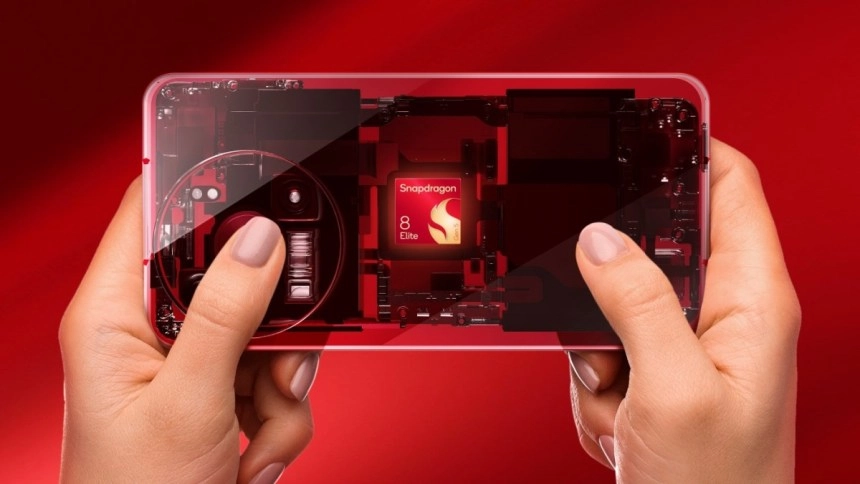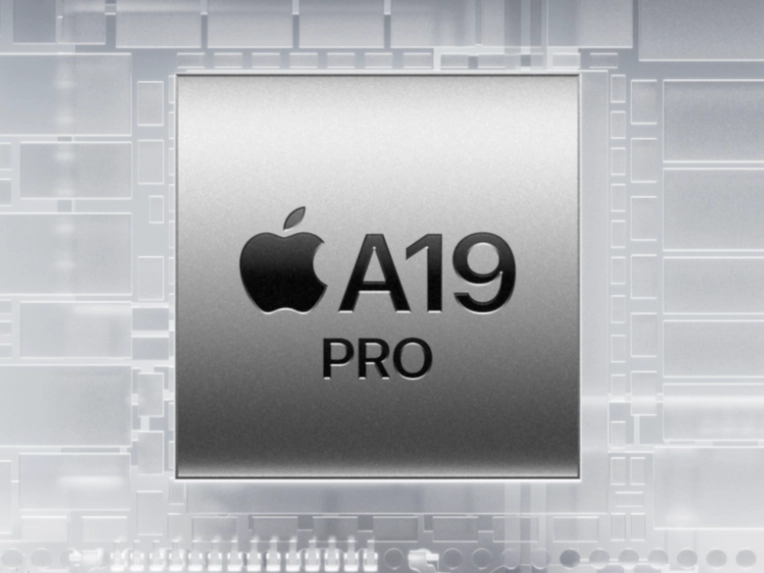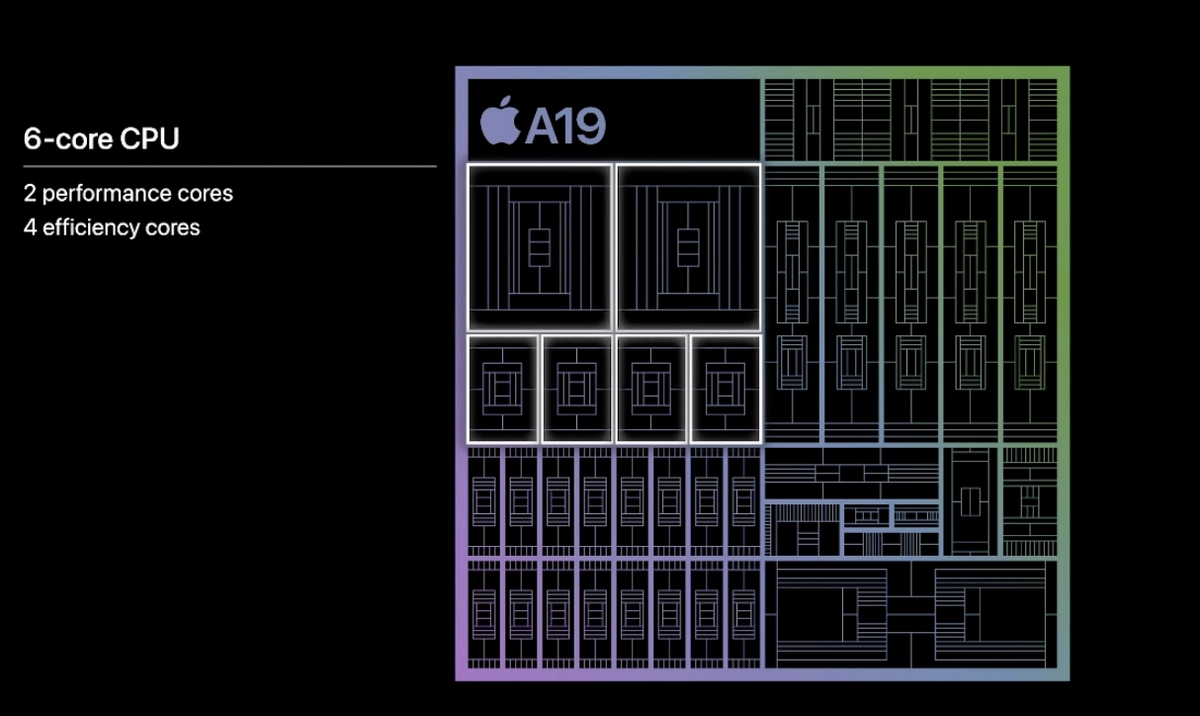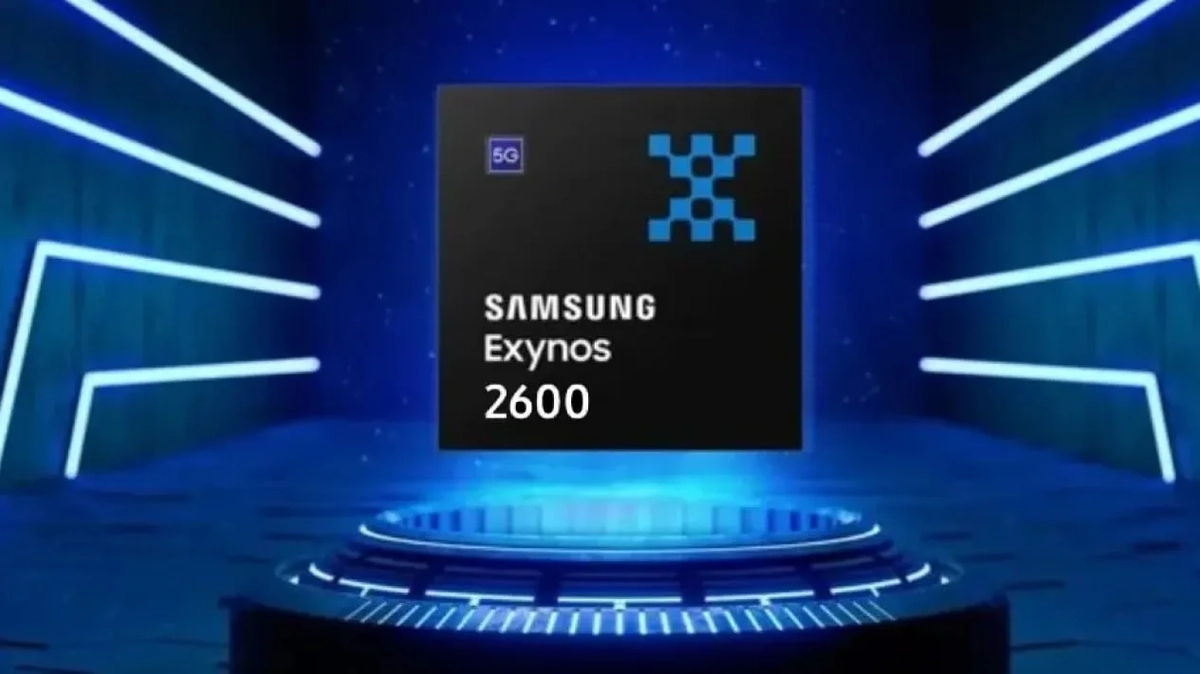5 Chipsets Similar to Dimensity 9500
The MediaTek Dimensity 9500 is one of the top chipsets used in high-end Android phones released between late 2025 and 2026. Many flagship phones use this chip, such as the vivo X300, vivo X300 Pro, OPPO Find X9, Find X9 Pro, and others.
The Dimensity 9500 is made with TSMC’s second-generation 3nm technology, which makes it more power-efficient. It uses an All-Big-Core design with a powerful ARM Cortex-X5 main core and the latest ARM Immortalis GPU.
This chip has strong improvements in its AI Processing Unit (APU), which can run AI models (LLM) directly on the device. It also supports second-generation hardware-based ray tracing to give users a more realistic gaming experience.
The Dimensity 9500 is very fast. Based on benchmark tests, it scored 4,011,932 on AnTuTu v11, and on Geekbench 6, it reached 4,007 (single-core) and 11,217 (multi-core).
So, which other chips have similar or close performance to the Dimensity 9500? Here’s the list.
1. Snapdragon 8 Elite Gen 5

The Snapdragon 8 Elite Gen 5 is one of the strongest competitors to the Dimensity 9500. Its performance scores are very close, and it competes directly in the flagship market.
The “Elite” name refers to the Oryon CPU, which was first used in Snapdragon chips for laptops. This CPU first appeared in the Snapdragon 8 Elite released in 2024.
The next version is not called “Gen 2” but Snapdragon 8 Elite Gen 5, to match the Snapdragon 8 Gen 5 family name. You could say the Snapdragon 8 Elite from 2024 is also part of the Gen 4 series.
The Snapdragon 8 Elite Gen 5 has a new CPU design. Qualcomm increased the clock speed to around 4.6 GHz to provide a big boost in performance. It also comes with a new Adreno GPU that runs at about 1.2 GHz that can offer around 23% better performance and 20% more power efficiency.
This chip focuses on stable daily performance with better power use. It also improves AI processing, camera performance, and 5G connectivity for long-term use.
The Snapdragon 8 Elite Gen 5 is used in many flagship phones, such as the Xiaomi 17 series, iQOO 15, and realme GT 8 Pro.
In tests, the results show that it performs very closely to the Dimensity 9500. For example, the Xiaomi 17 Pro scored 3.7 million on AnTuTu v11, while the Xiaomi 17 Pro Max reached an even higher score of 4.3 million. On AnTuTu v10, these chips scored around 3.7 million.
2. Apple A19 Pro

The Apple A19 Pro is the chip used in the iPhone 17 Pro, iPhone 17 Pro Max, and iPhone 17 Air. This chip is very powerful and becomes a strong rival for high-end Android phones that use the Dimensity 9500.
The A19 Pro is made using TSMC’s 3nm N3P process. This advanced technology lets Apple fit more transistors into the chip, which makes it faster while still saving power.
The CPU has six cores designed to give a good balance between high performance and energy efficiency. The GPU also gets a big upgrade with six cores, and each one has a special accelerator to handle AI-based graphics.
The overall performance is supported by 12 GB of LPDDR5X RAM, while a 16-core Neural Engine helps with artificial intelligence tasks, such as processing data from the 48 MP camera sensor to produce high-quality photos.
In performance tests, the iPhone 17 Pro with this chip scored 3,834 (single-core) and 9,988 (multi-core) on Geekbench 6. These results show that the A19 Pro can compete closely with the Dimensity 9500 in both single-core and multi-core performance.
As for AnTuTu, the A19 Pro scored between 2 million and 2.5 million. However, keep in mind that iOS and Android AnTuTu scores cannot be directly compared because the two systems work very differently.
3. Snapdragon 8 Elite (Gen 4)

The Snapdragon 8 Elite, also known as Snapdragon 8 Gen 4, is the next-generation flagship chip after the Snapdragon 8 Gen 3. It is built using TSMC’s 3nm process that can give much better performance and power efficiency.
This chip uses a six-core design with a top speed of 3.53 GHz. For graphics, it includes the Adreno 830 GPU, which delivers stronger performance and more realistic visuals in games with its improved Ray Tracing feature. The Snapdragon 8 Elite is used in many flagship phones released between late 2024 and 2025.
In benchmark tests, this chip shows great results, scoring around 3.2 million on AnTuTu v11, and on Geekbench 6, it reaches 3,155 (single-core) and 9,723 (multi-core).
4. Apple A19

The Apple A19 is one of the main rivals of the Dimensity 9500. This chip is the “younger brother” of the A19 Pro. The A19 is used in the iPhone 17, while the A19 Pro powers the iPhone 17 Pro, Pro Max, and iPhone Air models.
What’s interesting about the A19 is its surprising performance. Benchmark tests show that it can even perform better than the iPhone Air, which uses the A19 Pro. In fact, its core speed is higher than the Apple A18 Pro from the previous generation.
However, keep in mind that the A19 Pro in the iPhone Air has fewer cores, so its performance is not as strong as the one in the iPhone 17 Pro.
The A19 is made using TSMC’s 3nm N3P process, which allows for more transistors in a small space. This gives the chip better performance while still being energy-efficient.
The CPU has six cores, two performance cores for heavy tasks and four efficiency cores for daily use. For graphics, it has a 5-core GPU that can easily handle creative apps and demanding games.
The AI performance is also much improved with a 16-core Neural Engine. This part powers the Apple Intelligence features, letting the phone process complex AI tasks directly on the device. This makes responses faster and keeps your data more private.
In Geekbench 6 tests, the Apple A19 scored 3,621 (single-core) and 9,168 (multi-core). These results show that the iPhone 17 is not just a regular base model, it’s a powerful phone that can compete in the flagship class.
5. Exynos 2600

At the time this article was written (October 2026), the Exynos 2600 was already in production. However, the phones using it (the Galaxy S26 series) had not yet been released.
Samsung confirmed that the Exynos 2600 will be used in the Galaxy S26 Pro in many countries, while some regions will still use Snapdragon chips. The Galaxy S26 lineup itself is planned for release in early 2026.
The Exynos 2600 is Samsung’s first flagship chip built using the company’s 2nm Gate-All-Around (GAA) process. This new technology is expected to solve the power efficiency and heat issues that affected older Exynos chips.
Inside, the Exynos 2600 features a 10-core CPU with ARM C1 series cores and an Xclipse 950 GPU based on AMD’s RDNA architecture. This combination makes it ready to compete with the best chips in the mobile market.
Although the chip has not yet been officially released, several leaks have appeared. Based on leaked Geekbench scores, the Exynos 2600 reached about 3,309 (single-core) and 11,256 (multi-core).
These numbers show a big improvement over the Exynos 2500. From the leaked results, we can say that its multi-core performance is close to the Dimensity 9500, while its single-core score is slightly lower. Still, the Exynos 2600 looks very promising.
All the chipsets above are strong competitors in the Dimensity 9500 class and are perfect for flagship phones. Each one has its own strengths that make it stand out in the high-end market.
So, which chipset would you choose for your next phone?
